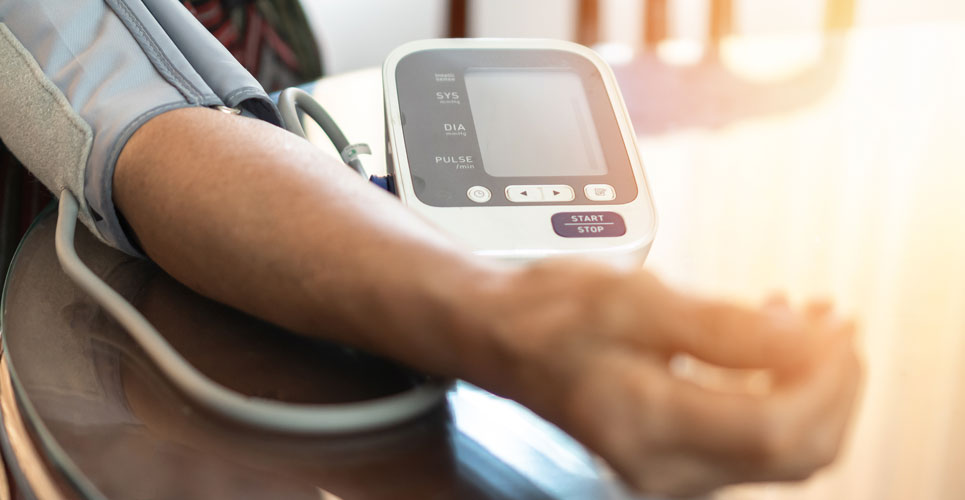Tight control of blood pressure in elderly Chinese patients has been shown to decrease the incidence of adverse cardiovascular outcomes.
Hypertension is an important risk factor for both cardiovascular and chronic kidney disease. While reductions in both systolic and diastolic blood pressure levels are important, guidelines recommendations have focused on systolic blood pressure since there is evidence that lowering this component reduces the risk of cardiovascular disease and all-cause mortality.
The current systolic blood pressure target set by the European Society of Cardiology is 130 to 139 mmHg and although lowering systolic pressure further to less than 120 mmHg in those aged 75 years and older, reduces the incidence of fatal and non-fatal major cardiovascular events, other data has found an increased mortality risk among the elderly.
Given the need for a fine balance in the control of systolic blood pressure, a Chinese team from the Hypertension Centre, FuWai Hospital, Peking, China, performed a randomised, controlled trial in hypertensive patients aged 60 to 80 years of age.
They included patients who had a baseline systolic pressure of between 140 and 190 mmHg for at least three months prior to the study. The study examined the outcomes associated with reducing systolic blood pressure to a target of 110 to less than 130 mmHg (the intensive treatment) or a target of between 130 and less than 150 mmHg (standard treatment).
All patients used a home blood pressure monitoring device and were required to provide readings at least weekly during the follow-up period. The primary outcome of interest was a composite of several adverse cardiovascular events including stroke, acute coronary syndrome and hospitalisation for unstable angina, atrial fibrillation and death from cardiovascular causes.
Findings
A total of 8511 patients with a mean age of 66.2 years (46.9% male) and a mean systolic blood pressure of 146.1 and a diastolic of 82.7 mmHg, were randomised to either intensive or standard treatment. During a median follow-up of 3.34 years, the primary outcome occurred in 3.5% of those in the intensive blood pressure arm and 4.6% in the standard arm (hazard ratio, HR = 0.74, 95% CI 0.60 – 0.92, p = 0.007).
Furthermore, the individual components of the primary outcome were also significantly improved in the intensive arm. For example, the hazard ratio for stroke was 0.67 (95% CI 0.47 – 0.97), acute coronary syndrome (HR = 0.67) and although death from any cardiovascular cause was reduced, this was not significant (HR = 0.72, 95% CI 0.39 – 1.32). There were also no differences in safety outcomes such as hypotension, dizziness, syncope or fracture and for renal outcomes.
The authors concluded that intensive systolic blood pressure lowering among elderly patients was associated with a reduced risk of adverse cardiovascular outcomes. However, a recognised limitation was that it was undertaken in a Chinese population which could reduce the generalisability of their findings and that the study excluded patients with a history of stroke.
Citation
Zhang W et al. Trial of Intensive Blood-Pressure Control in Older Patients with Hypertension. N Engl J Med 2021.

